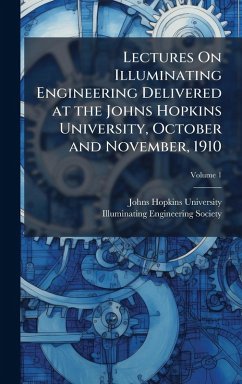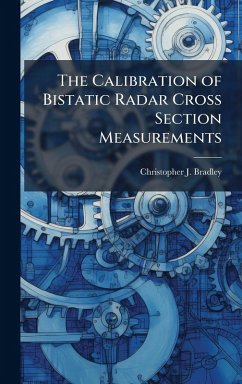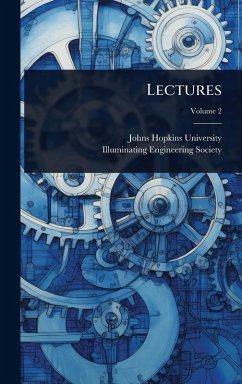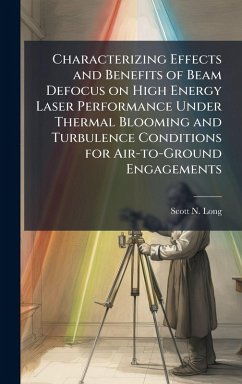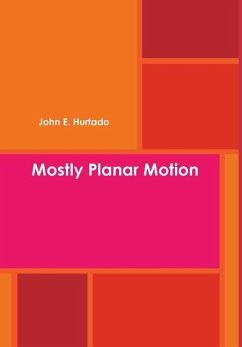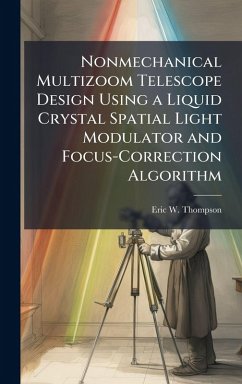
Experimental Assessment and Enhancement of Planar Laser-Induced Fluorescence Measurements of Nitric Oxide in an Inverse Diffusion Flame
Versandkostenfrei!
Versandfertig in über 4 Wochen
32,99 €
inkl. MwSt.
Weitere Ausgaben:

PAYBACK Punkte
16 °P sammeln!
We have experimentally assessed the quantitative nature of planar laser-induced fluorescence (PLIF) measurements of NO concentration in a unique atmospheric pressure, laminar, axial inverse diffusion flame (IDF). The PLIF measurements were assessed relative to a two-dimensional array of separate laser saturated fluorescence (LSF) measurements. We demonstrated and evaluated several experimentally-based procedures for enhancing the quantitative nature of PLIF concentration images. Because these experimentally-based PLIF correction schemes require only the ability to make PLIF and LSF measurement...
We have experimentally assessed the quantitative nature of planar laser-induced fluorescence (PLIF) measurements of NO concentration in a unique atmospheric pressure, laminar, axial inverse diffusion flame (IDF). The PLIF measurements were assessed relative to a two-dimensional array of separate laser saturated fluorescence (LSF) measurements. We demonstrated and evaluated several experimentally-based procedures for enhancing the quantitative nature of PLIF concentration images. Because these experimentally-based PLIF correction schemes require only the ability to make PLIF and LSF measurements, they produce a more broadly applicable PLIF diagnostic compared to numerically-based correction schemes. We experimentally assessed the influence of interferences on both narrow-band and broad-band fluorescence measurements at atmospheric and high pressures. Optimum excitation and detection schemes were determined for the LSF and PLIF measurements. Single-input and multiple-input, experimentally-based PLIF enhancement procedures were developed for application in test environments with both negligible and significant quench-dependent error gradients. Each experimentally-based procedure provides an enhancement of approximately 50% in the quantitative nature of the PLIF measurements, and results in concentration images nominally as quantitative as LSF point measurements. These correction procedures can be applied to other species, including radicals, for which no experimental data are available from which to implement numerically-based PLIF enhancement procedures. This work has been selected by scholars as being culturally important, and is part of the knowledge base of civilization as we know it. This work was reproduced from the original artifact, and remains as true to the original work as possible. Therefore, you will see the original copyright references, library stamps (as most of these works have been housed in our most important libraries around the world), and other notations in the work. This work is in the public domain in the United States of America, and possibly other nations. Within the United States, you may freely copy and distribute this work, as no entity (individual or corporate) has a copyright on the body of the work. As a reproduction of a historical artifact, this work may contain missing or blurred pages, poor pictures, errant marks, etc. Scholars believe, and we concur, that this work is important enough to be preserved, reproduced, and made generally available to the public. We appreciate your support of the preservation process, and thank you for being an important part of keeping this knowledge alive and relevant.



